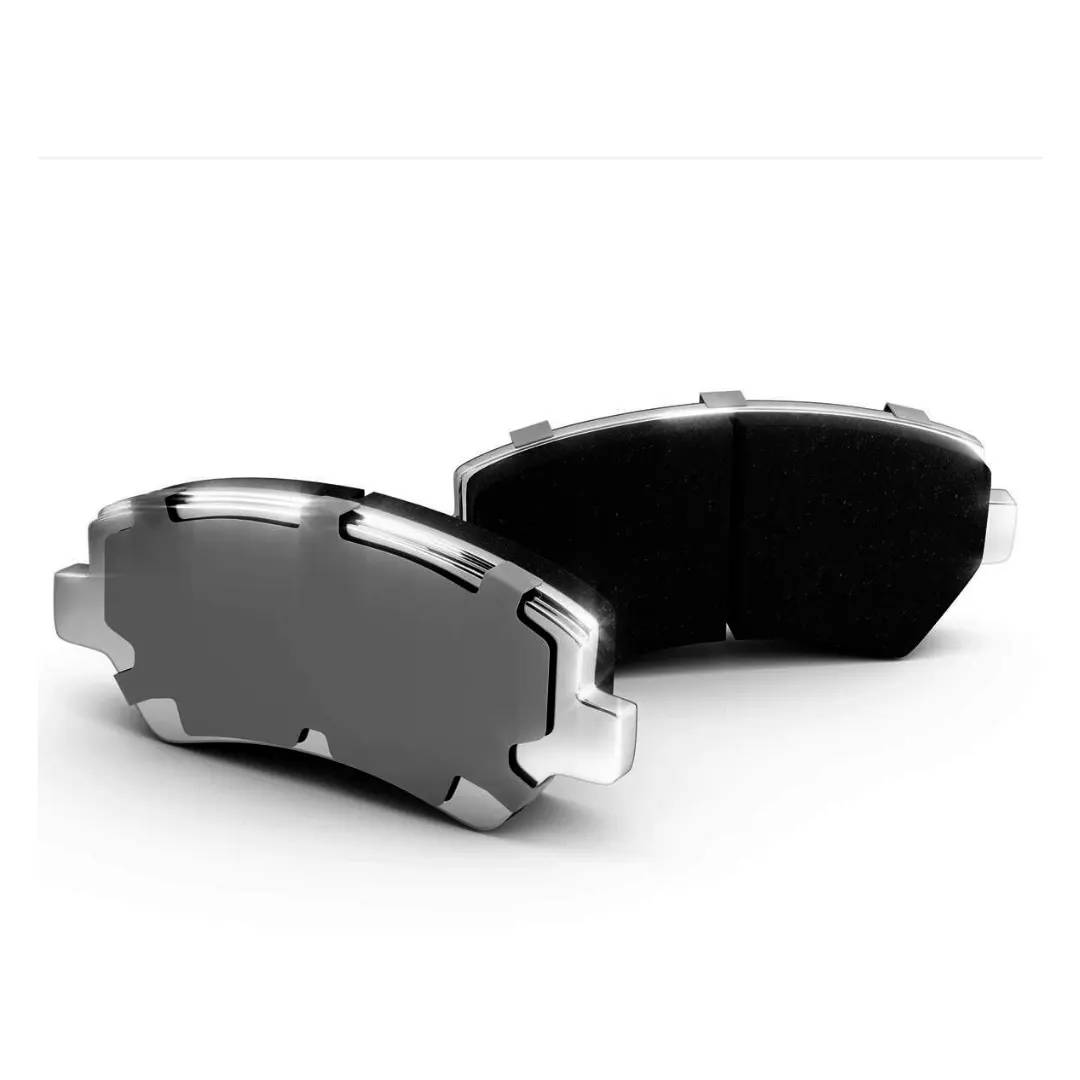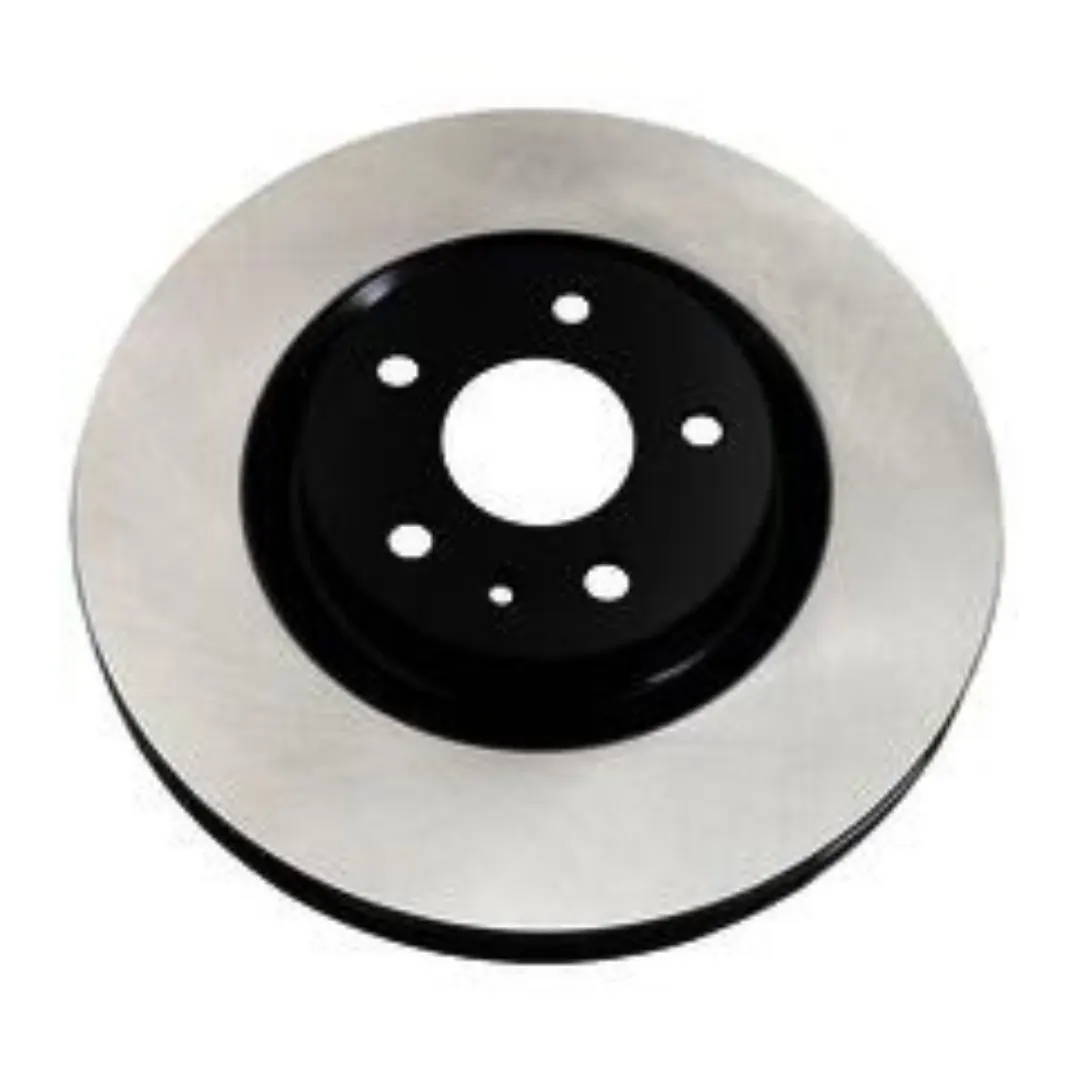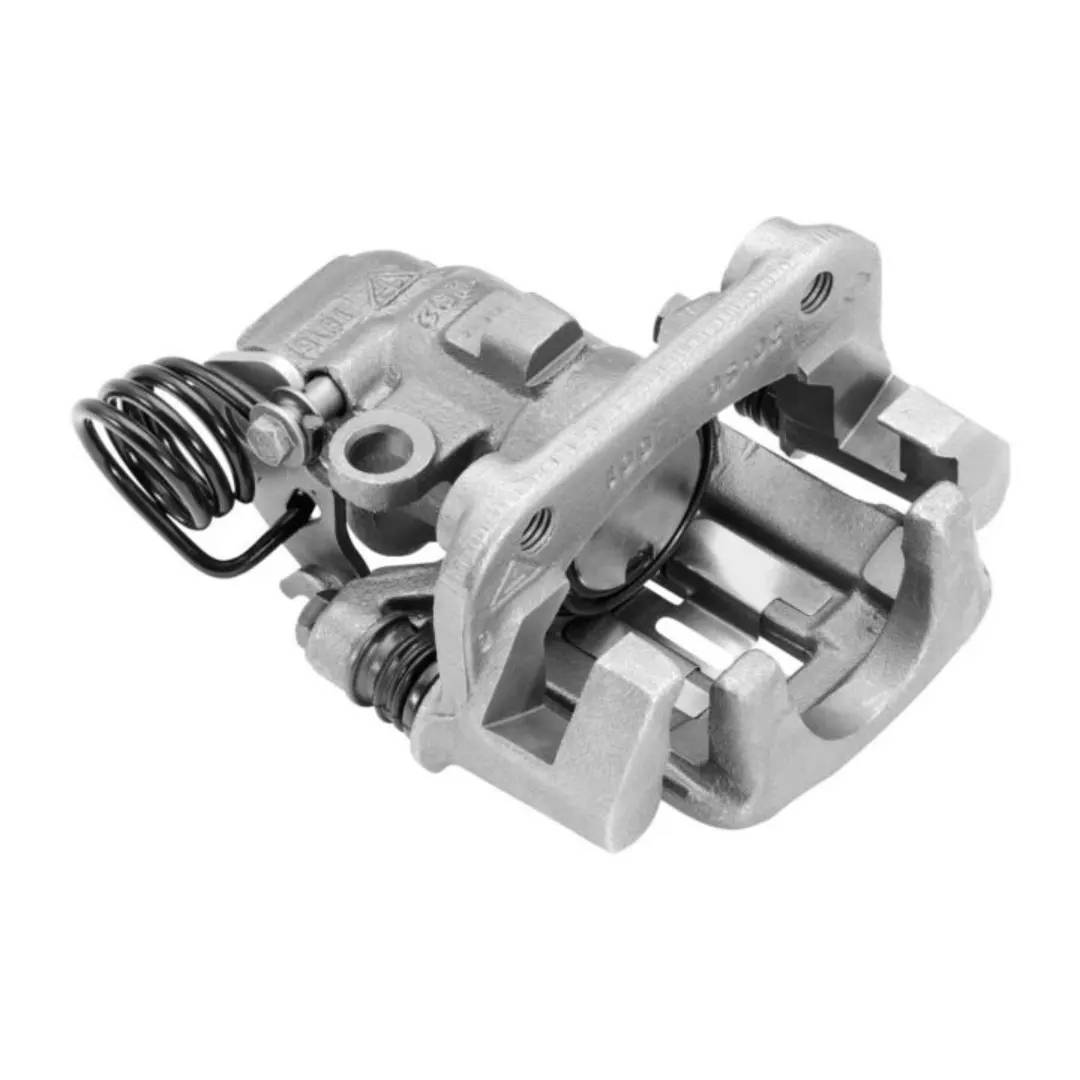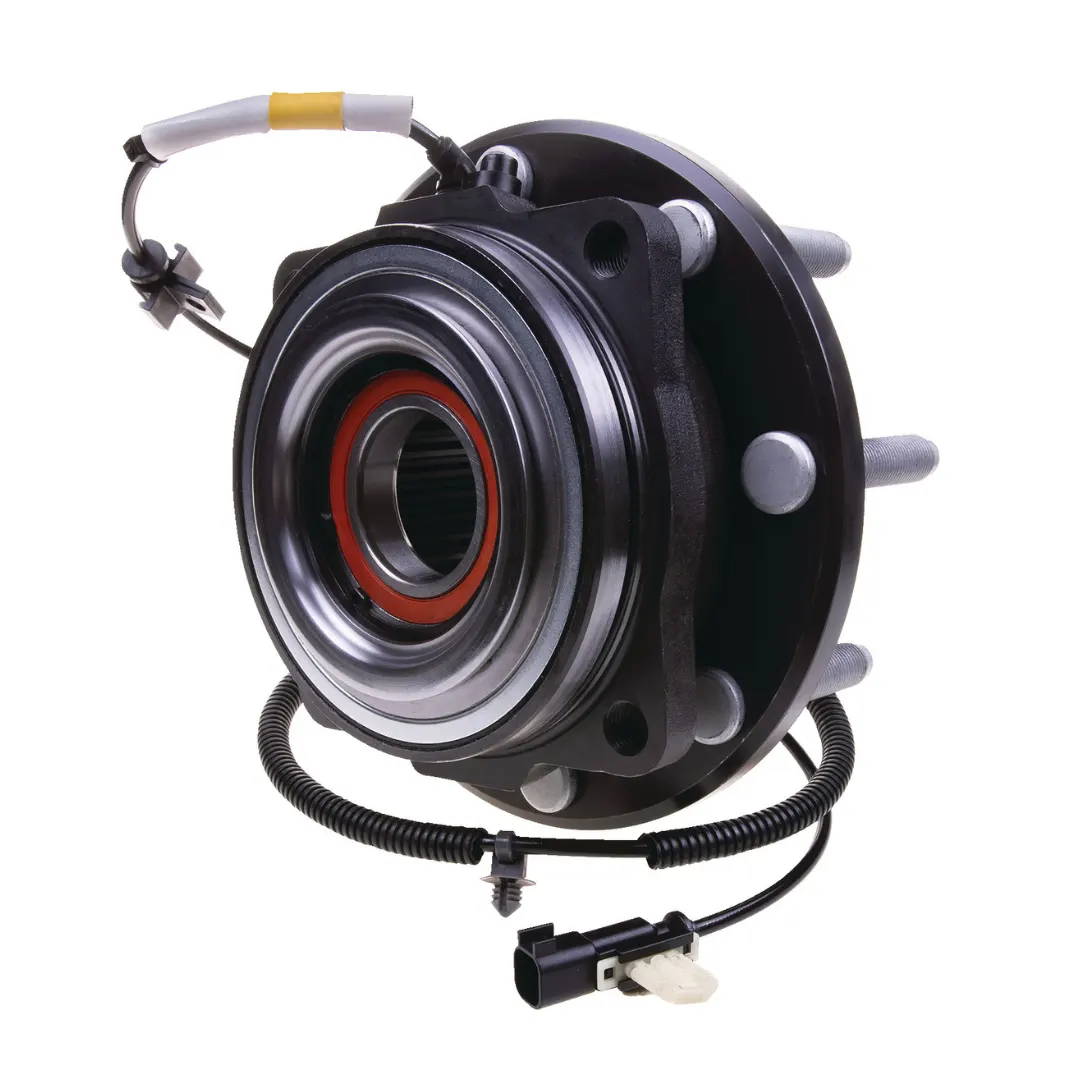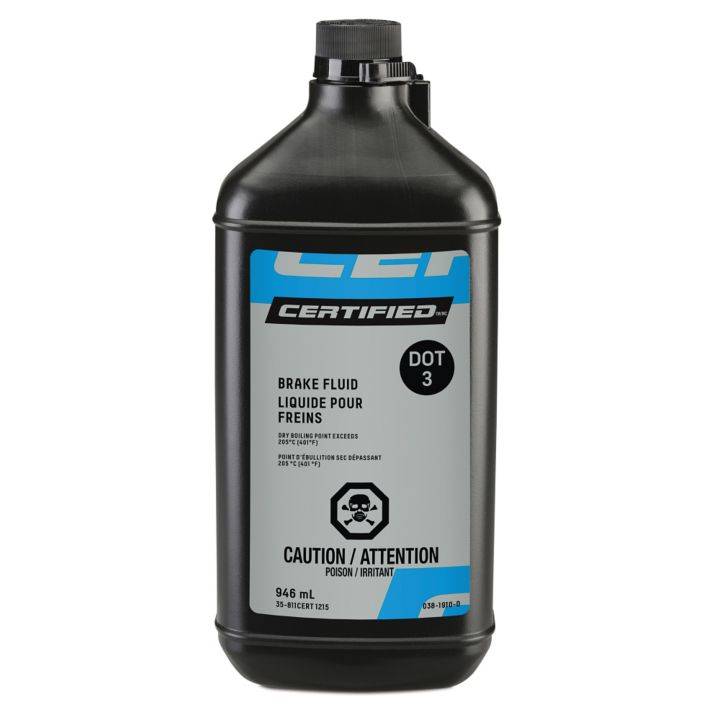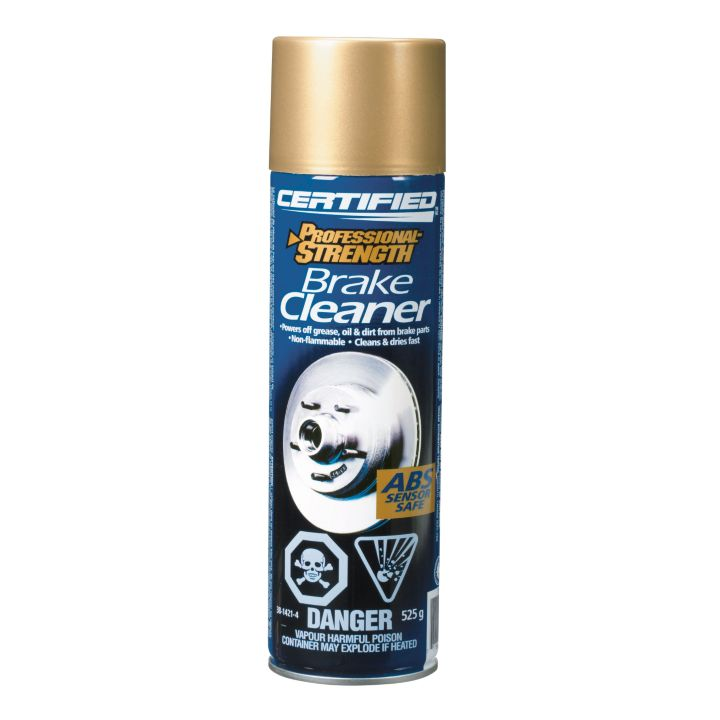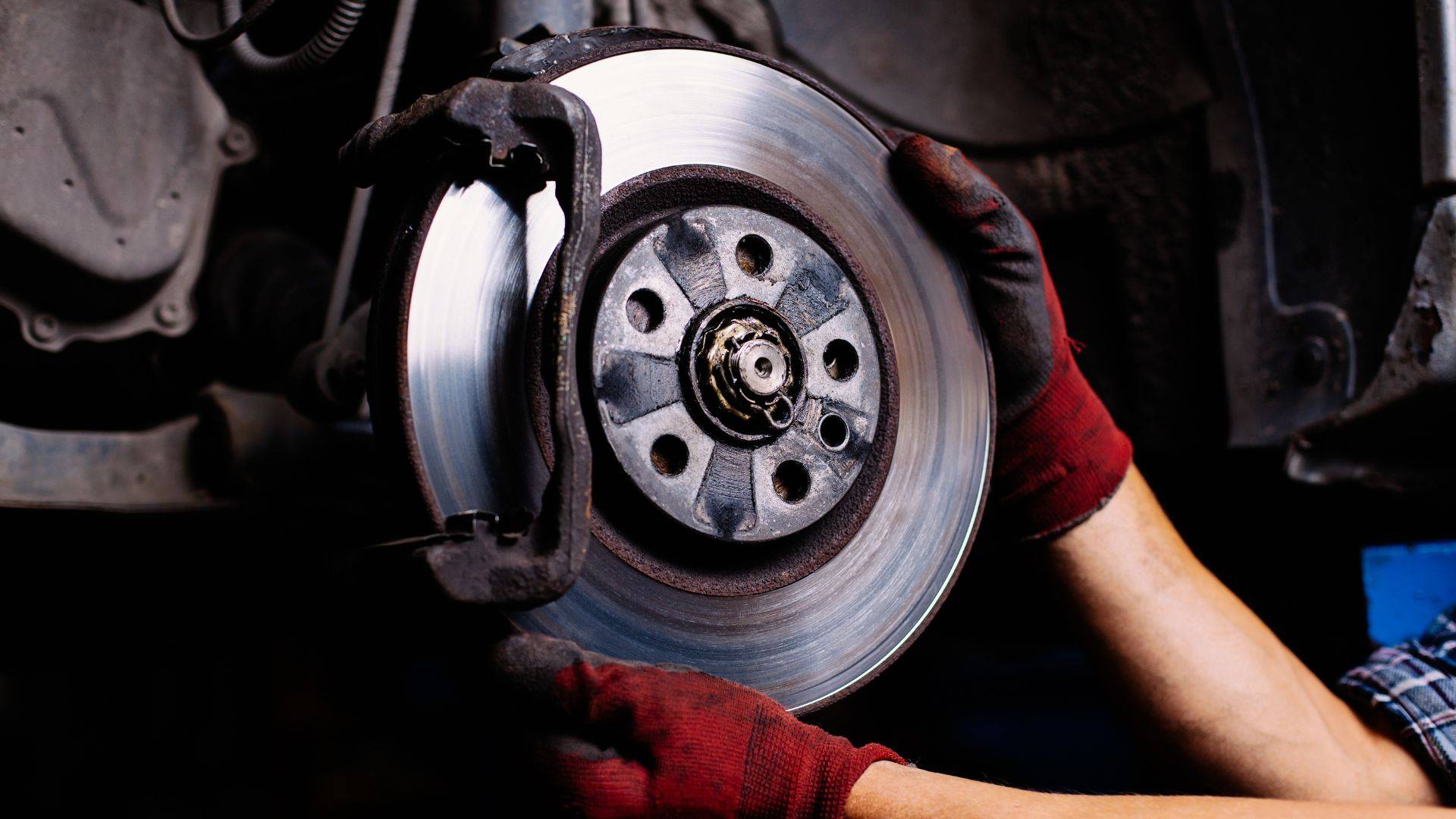
Replacing Brakes: A Comprehensive Guide to Brake Components, Fluids, and ABS
Keeping your vehicle's braking system in good condition is crucial for safety on the road. Understanding the various components involved in brake replacement, the types of fluids used, and how anti-lock braking systems (ABS) work can help you maintain and replace your brakes effectively. In this article, we will explore different brake components, fluid types, and the functioning of ABS.
Brake Components:
• Brake Pads: Brake pads are the friction materials that contact the rotors or drums to create friction and slow down or stop your vehicle. Over time, brake pads wear down and need replacement.
• Calipers: Calipers house the brake pads and contain pistons that push against the pads when you apply the brakes. These pistons create friction against the rotors or drums, causing your vehicle to slow down.
• Rotors: Rotors (also known as brake discs) are flat metal discs that attach to the wheel hubs. When the brake pads press against the rotors, friction is created, resulting in deceleration, or stopping of your vehicle.
• Drums: Drums are used in drum brake systems instead of rotors. They are typically found on the rear wheels of some vehicles. When you apply the brakes, brake shoes press against the inside surface of the drum, causing friction and slowing down your vehicle.
• Wheel Cylinders: Wheel cylinders are part of drum brake systems. They contain pistons that push against the brake shoes to create friction with the drums when you apply the brakes.
• Hoses: Brake hoses carry hydraulic fluid from the master cylinder to the callipers or wheel cylinders. They ensure proper fluid flow and flexibility during suspension movement.
• Parking Brake Cables: Parking brake cables engage the parking brake mechanism when activated. They help keep your vehicle stationary when parked on an incline.
Brake Fluid Types:
Brake fluid is a hydraulic fluid responsible for transmitting force from the brake pedal to the brakes themselves. The most common types of brake fluid include:
• DOT 3: Suitable for most passenger vehicles and has a lower boiling point compared to DOT 4.
• DOT 4: Offers higher boiling points than DOT 3 fluid, making it more suitable for vehicles that experience heavier braking loads or high operating temperatures.
• DOT 5: Silicone-based fluid that doesn't absorb moisture but isn't compatible with all vehicles. Consult your vehicle's manual before considering DOT 5 fluid.
• DOT 5.1: Like DOT 4 fluid but with even higher boiling points.
Always refer to your vehicle's manual for specific brake fluid recommendations.
Anti-Lock Braking System (ABS):
ABS is an advanced braking system designed to prevent wheel lock-up during sudden braking or on slippery surfaces. It uses sensors to detect wheel speed and modulates brake pressure automatically to prevent skidding or loss of control.
When replacing brakes on a vehicle equipped with ABS, it's important to follow manufacturer instructions and take extra care not to damage ABS components or sensors.
Understanding Drum brake components:
Drum brakes are commonly used in vehicles, and understanding their components is crucial for maintenance and troubleshooting.
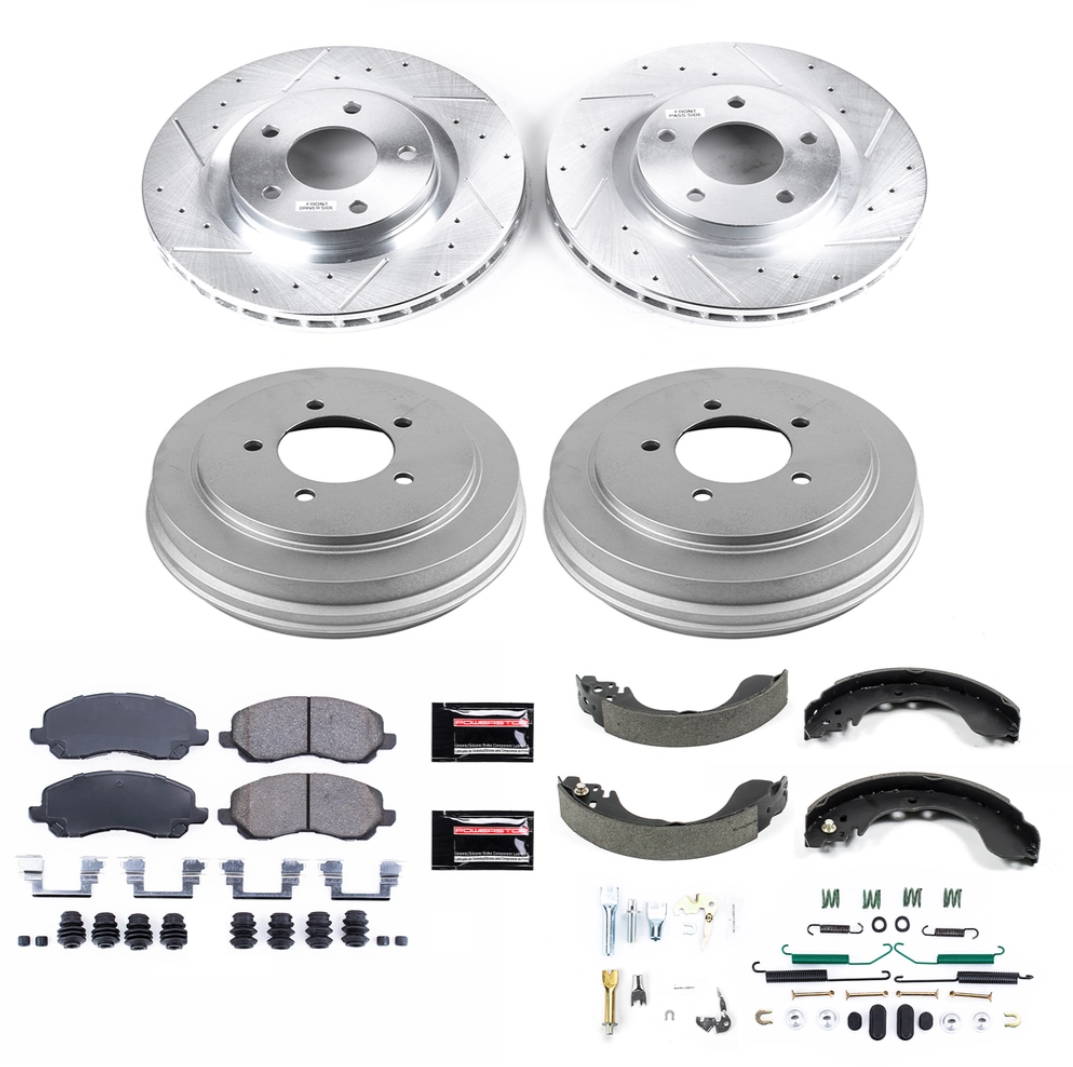
Brake Drum:
The circular brake drum attaches to the wheel hub and provides a surface for the brake shoes to press against, creating friction to slow down the vehicle.
Brake Shoes:
Curved metal plates with friction material attached, brake shoes press against the brake drum when brakes are applied, creating friction to stop or slow down the rotation of the drum.
Wheel Cylinder:
Located inside the brake drum, the wheel cylinder is a hydraulic device that uses pistons and seals to respond to hydraulic pressure from the master cylinder. It pushes the brake shoes against the drum when brake fluid enters.
Return Springs:
These springs retract the brake shoes after braking pressure is released, ensuring smooth movement away from the drum to prevent unnecessary friction or dragging.
Adjuster Mechanism: An adjuster lever, star wheel, and adjusting screw make up the adjuster mechanism. It allows for periodic adjustment of the brake shoes as they wear down over time, maintaining optimal braking performance.
Brake Hardware:
Various hardware components such as springs, retainers, pins, and clips hold the brake shoes in place and allow them to pivot during operation. Proper installation and maintenance of these components are essential for effective braking.
Dust Covers/Backing Plates:
Dust covers or backing plates shield internal components from dirt, debris, and moisture. They help maintain performance and protect against wear and corrosion.
The brake drum, shoes, wheel cylinder, return springs, adjuster mechanism, brake hardware, and dust covers/backing plates all work together to provide reliable stopping power.
Always consult your vehicle's manual or seek professional assistance for specific instructions related to your vehicle's braking system. By following proper procedures and using quality components and fluids, you can ensure optimal braking performance and safety on the road.
 Loading . . .
Loading . . .


